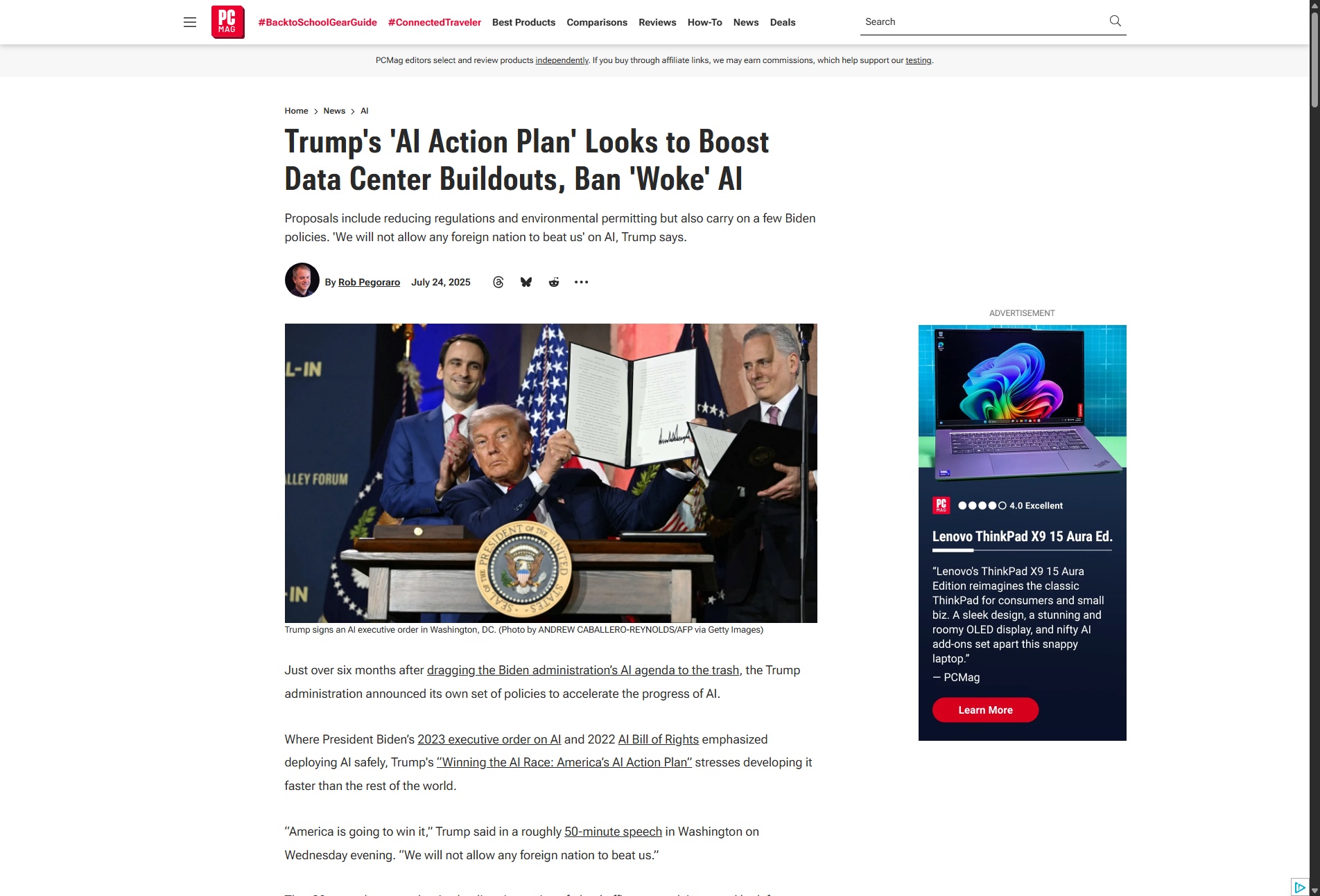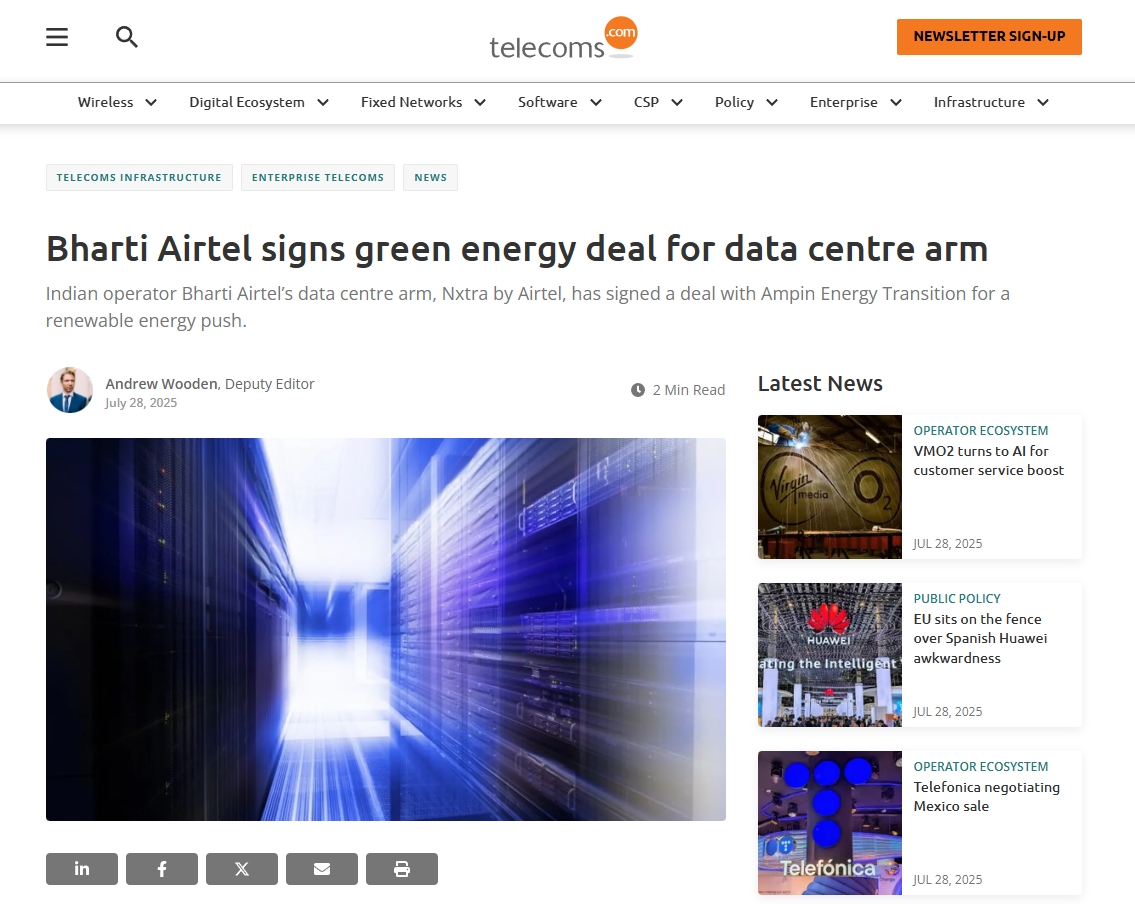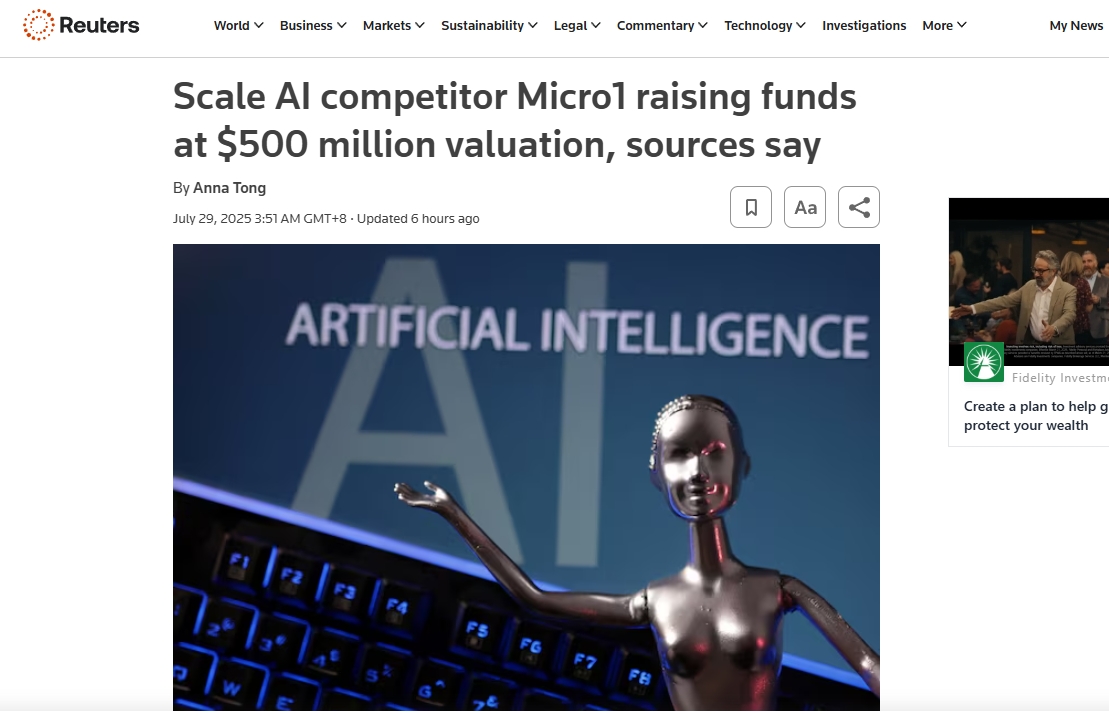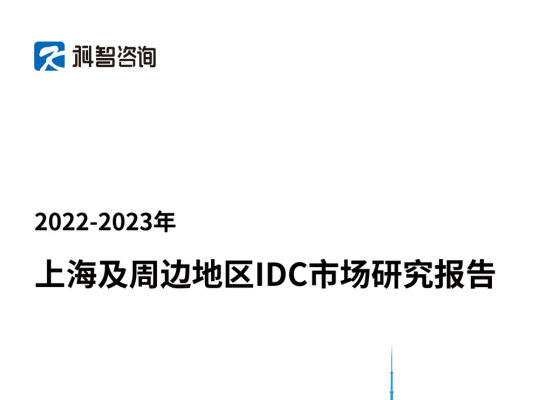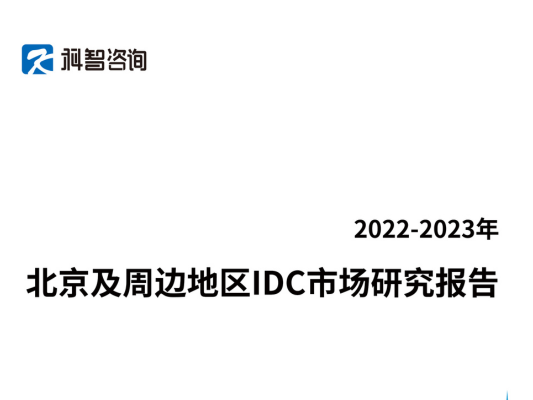Proposals include reducing regulations and environmental permitting but also carry on a few Biden policies. 'We will not allow any foreign nation to beat us' on AI, Trump says.
Just over six months after dragging the Biden administration’s AI agenda to the trash, the Trump administration announced its own set of policies to accelerate the progress of AI.
Where President Biden’s 2023 executive order on AI and 2022 AI Bill of Rights emphasized deploying AI safely, Trump's “Winning the AI Race: America’s AI Action Plan” stresses developing it faster than the rest of the world.
“America is going to win it,” Trump said in a roughly 50-minute speech in Washington on Wednesday evening. “We will not allow any foreign nation to beat us.”
That 28-page document begins by directing various federal offices to seek input and look for regulations and policies that might impede AI development. It further invites the Federal Communications Commission to see if state-level AI regulations interfere with its own work, although software is well outside the FCC’s normal regulatory scope.
The plan’s opening pages also call on the National Institute of Standards and Technology (NIST) to “eliminate references to misinformation, Diversity, Equity, and Inclusion, and climate change” from the AI Risk Management Framework that it developed in response to Biden’s EO. Trump trash-talked that as a plan that “never would have worked.”
After the speech, Trump signed an executive order banning “Woke AI” from federal systems, which the EO defines as “when ideological biases or social agendas are built into AI models” and “distort the quality and accuracy of the output.”
Subsequent paragraphs in the plan address a series of AI development issues. It endorses such actions as encouraging “open-weight” and open-source AI models over closed systems; working to develop markets for short-term purchases of data center computing power; boosting workforce training; and having government agencies help create “world-class” datasets to train AI models.
Those parts of the plan would assign substantial work to NIST as well as the National Science Foundation (NSF) only months after the Trump administration targeted both organizations for steep budget cuts. The White House is also evicting the NSF from its Alexandria, Va., offices to relocate the Department of Housing and Urban Development there.
The plan does not address one of the bigger existential risks to AI development: ongoing legal uncertainty over whether training an AI model on copyrighted material could constitute copyright infringement. Trump, however, offered his own take on Wednesday, arguing that AI should keep a right to read: “We have to allow AI to use that pool of knowledge without going through the complexity of contract negotiations.”
The White House’s plan additionally calls for speeding up AI adoption in government–DOGE has already been setting up AI chatbots in various offices–and establishing standards to protect against the risks of “synthetic media” in the courts.
Big, Beautiful Data Centers on Federal Land
A second major section covers AI infrastructure, mostly in the sense of accommodating the gigantic energy needs of upcoming data centers like the multi-gigawatt facilities Meta CEO Mark Zuckerberg recently outlined on Threads, without mentioning where they’d get their electricity.
Trump's plan endorses opening up federal lands for data centers and power plants and other electrical infrastructure and speeding up federal environmental permitting for those facilities, both policies included in a second executive order Trump signed this week.
The plan doesn’t describe what power sources would qualify for this federal support. Trump’s loving mention of “clean, beautiful coal” in his speech suggested one source he’d favor, notwithstanding that burning coal is one of the dirtier ways to generate electricity.
The EO, in turn, excludes solar and wind power from consideration to specify only sources that can generate power on demand: “natural gas turbines, coal power equipment, nuclear power equipment, geothermal power equipment, and any other dispatchable baseload energy sources.”
But while Trump has delighted in undoing Biden policies to support renewable energy, two other provisions in this section of the plan show a willingness to continue some of the previous administration’s policies: supporting semiconductor manufacturing in America and encouraging secure-by-design approaches to AI.
'All in for America'
A final section calls for having the State Department and the Department of Commerce team up to promote American AI, counter Chinese attempts to set AI standards and stop advanced US technology from making its way to China and other adversary nations.
Those two departments, however, may find this sales job a challenge, between resentment over Trump’s on-and-off tariffs and State’s loss of personnel through firings and resignations.
In his speech, Trump said he expects American tech firms, some with leading executives in the audience at the Commerce Department’s Andrew Mellon Auditorium, to line up to support his plan: “We need US technology companies to be all in for America.”
In attendance on Wednesday night: Nvidia CEO Jensen Huang and AMD CEO Lisa Su.
Earlier in that rambling address–which also featured Trump denouncing the “Green New Scam,” transgender athletes, “radical globalism,” Biden’s use of an autopen, and Democratic New York mayoral candidate Zohran Mamdani, among others–the president also suggested one other shift not mentioned in the plan. That would be renaming “artificial intelligence” to something else.
“I don’t like anything that’s artificial,” Trump said. “It’s not artificial, it’s genius. It’s pure genius.”

